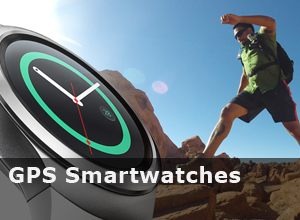Mixed Reality, Augmented Reality, Hybrid Reality, Merged Reality, Virtual Reality……… Confused?
So what’s the difference?
The concept of Virtual Reality (VR) is the easiest to get your head around. It is when your senses are completely immersed in a virtual world.
With Augmented Reality (AR) you can see the real world around you, but with virtual objects that you can interact with and manipulate overlaid on top.
Mixed Reality is a blend of VR and AR. You can see the real world around you, but with virtual objects that you can interact with and manipulate overlaid on top… Sounds pretty damn close to Augmented Reality apart from the title..

Call it what you want, this technology is destined to be big, as demonstrated lately by the Pokemon Go phenomena; which is the technology in its very early stage. In the future, mixed reality will be the way of life.
Intel and Wearable Technology
Intel are known for being the world’s leading producer of processors, but since the arrival of wearable technology, Intel have gotten more interesting to write about.
Back in March 2014 they acquired Basis Science, the startup company behind the B1 fitness tracker and later on the Basis Peak. Then in July 2015 Intel acquired the smart eyewear company Recon Instruments, makers of the Recon Jet AR smartglasses for cyclists.
They’ve also partnered with Luxottica, the world’s leading eyewear company to produce the Oakley Radar Pace fitness coaching smartglasses. Then there’s Daqri, a Mixed Reality smart construction hard hat. There’s also the Intel Curie chip, which is set to take the world of sport into a new era of digital performance tracking.
Intel’s Project Alloy Mixed Reality Headset

The latest wearable unveiling from Intel is the Project Alloy Mixed Reality headset. Instead of Intel building consumer-ready headsets, Alloy will become open source, allowing third-party tech firms to build their own.
The Alloy headset is totally wireless and self-contained with its own sixth-generation Intel Core chip, graphics processing and battery power; which means you won’t need a VR-ready super computer to use it like the Oculus Rift and HTC Vive.
Alloy contains 3D cameras and room-scaling capabilities thanks to Intel’s RealSense motion tracking technology. The onboard RealSense tech will also allow you to interact with the Mixed Reality features just by using your hands; so no nunchucks, controllers or motion sensors placed around the room will be needed.
The Mixed Reality headset will be landing as open source in 2017, so if we’re lucky we might see some brands release their iterations before the end of 2017.





































Leave A Comment